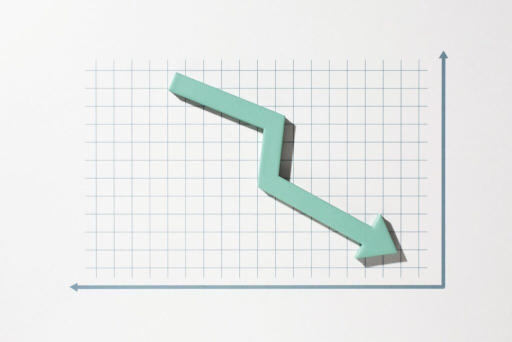
Blog & podcasts: finance and real estate made simple
Articles, insights, and interviews to help you navigate and grow
Investing in Bond Funds: What Every Investor Should Know

Bond funds are a popular tool, especially among more conservative investors who seek lower volatility, regular returns, and at least partial protection against the depreciation of money. They are often referred to as a “safer” alternative to equity funds.
The world of bond funds is very diverse – in fact, more so than many investors realize. Investing in these instruments comes with its own advantages, risks, and specifics, which are worth understanding.
Bond Funds: Who Are They Suitable For?
The key characteristic of bond funds is their short- to medium-term recommended investment horizon. Typically, it is recommended to invest in them with a time frame of 1 to 5 years, depending on their specific focus. They are therefore particularly suitable for investors who plan to use their money in the relatively near future – for example, to buy a property, carry out renovations, or finance children’s education.
Compared to stocks, bond funds are generally less volatile, meaning their value does not fluctuate as dramatically. This can make them attractive for more conservative investors who struggle with short-term portfolio declines. However, this does not mean they are risk-free – bond values can fall, especially in an environment of rising market interest rates.
Long-Term Horizon and Inflation
Although bond funds offer relative stability, they are not an ideal tool for long-term investing, especially if the goal is to achieve real capital growth. Over the long term, they usually fail to beat inflation. While equity funds have the potential to deliver higher returns (albeit with higher risk), bond funds focus more on preserving the value of assets over a shorter time frame.
For example, with inflation around 3–5% per year, an investor in a bond fund must achieve a return higher than this threshold to maintain and possibly increase the purchasing power of their money. In reality, most traditional bond funds rarely manage to do so over the long term.
Types of Bond Funds
Bond funds are far from a homogeneous group. They differ according to the type of bonds they invest in, as well as regional focus, currency, or risk level. The main types include:
-
Government bond funds – invest in bonds issued by governments. These are considered the safest but also offer the lowest returns. Examples include funds investing in Czech, U.S., or German government bonds.
-
Corporate bond funds – focus on bonds issued by companies. They usually offer higher returns than government bonds but also higher risk, depending on the creditworthiness of the issuing company.
-
High-yield bond funds – invest in lower-quality (lower-rated) bonds, which carry a higher risk of default. In return, they compensate investors with higher yields. These funds are suitable for investors willing to accept somewhat higher volatility.
-
Emerging market bond funds – invest in bonds from governments or companies in emerging economies (e.g., Latin America, Southeast Asia). They can be attractive due to higher yields but also come with higher currency and political risks.
Alternative: Absolute Return Bond Funds
In recent years, so-called absolute return bond funds have been gaining popularity among investors. These funds do not simply passively track a certain market segment but actively combine various bond strategies – such as investing in different types of bonds, using derivatives, managing currency risk, or speculating on interest rate movements.
The goal of absolute return funds is to generate positive returns regardless of the phase of the economic cycle. This means they can potentially deliver returns even in periods when traditional bond funds are losing value (e.g., during rapid interest rate hikes). Of course, the potential for higher returns comes with a more complex investment profile and a higher degree of active management.
Conclusion
Bond funds are an important part of a diversified portfolio and can be a valuable tool for short- to medium-term capital placement. They offer yield, stability, and lower volatility, but they are not a cure-all – especially in the long term, their returns may lag behind inflation.
The key to successful investing is to understand what types of bonds the fund invests in and what the risks and opportunities of its strategy are.
Whether you choose a classic government bond fund or a more modern absolute return bond fund, your investment should always match your financial goals and time horizon. At Stone & Belter, we’ll be happy to help you choose and set up the right strategy. Don’t hesitate to explore the diverse world of bond funds with us.
Stone & belter blog
Similar articles
Category















